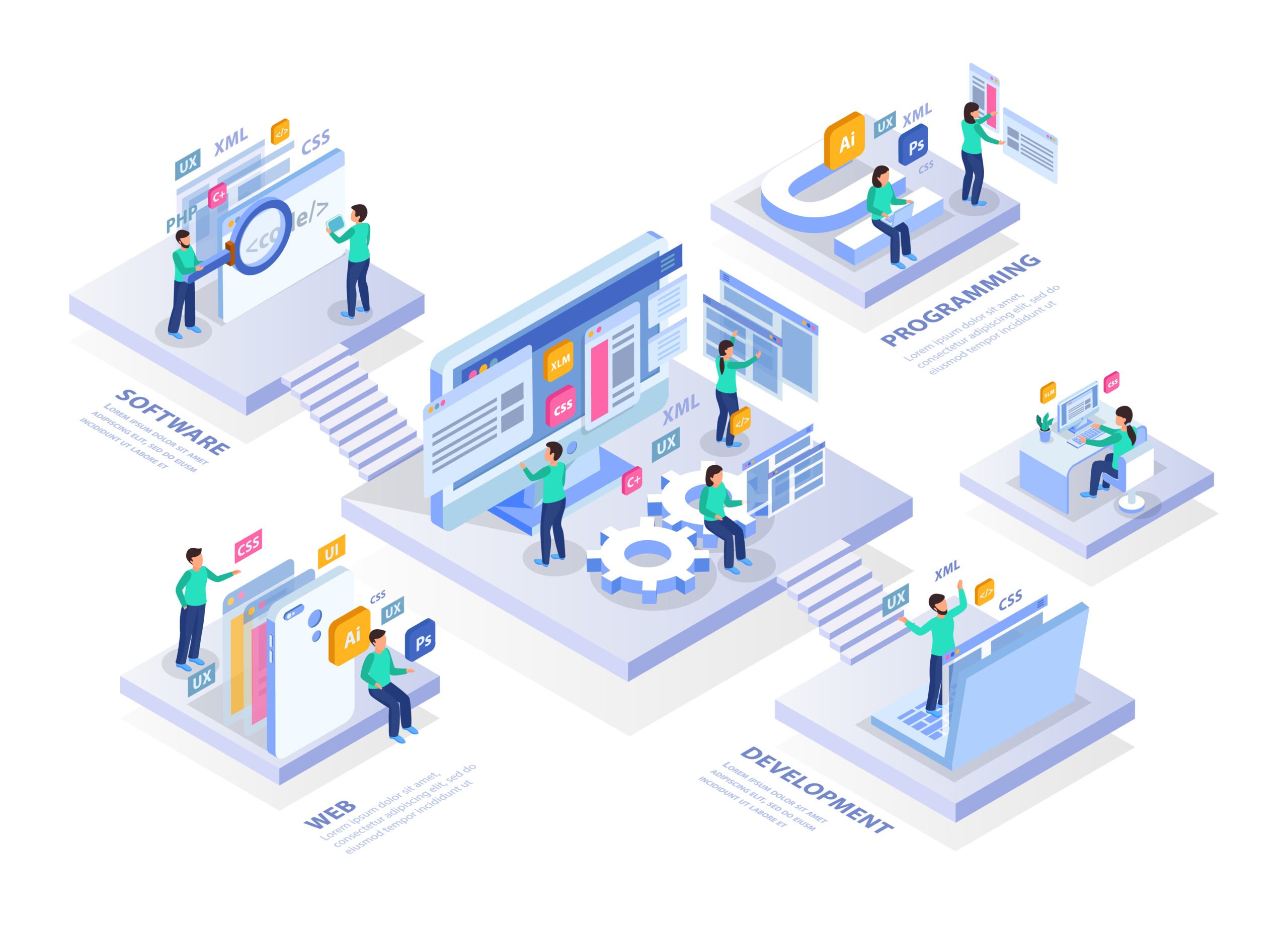During their transition to the cloud, many companies accumulate heaps of tech debt (or technical debt). To achieve a successful DevOps journey, enterprises must first identify and erase the technical debt that is impeding their development. You can put your business up for success on the DevOps journey and transform your culture at the same time by taking a different approach to technical debt and racing toward it rather than away from it.
Now the question arises. What exactly is technical debt?
Technical debt is the idea in software development that indicates the implicit cost of extra rework caused by picking an easy (limited) and faster solution now instead of choosing a better method that would take longer. In short, the accumulation of sub-optimal technological decisions over time is known as tech debt. Change becomes more difficult with time, and IT endeavors come to a standstill.
Poor state management in an application, for example, might make a horizontal scaling plan more difficult to adopt. You must rewrite the state management component of the code before you can achieve what you want to do (horizontally expand your application to cope with increased traffic).
It’s worth noting that technical debt doesn’t just happen in development; it may also happen in operations. Are you still using an out-of-date, no-longer-supported operating system like Windows Server 2008 or Ubuntu 11.04? That’s referred to as technical debt. Not patching and updating your servers, leaving you open to cyber-attacks and ransomware? That’s technical debt for sure.
DevOps can help you deploy quicker and more frequently, providing you a competitive advantage, but it’s also a plan for paying off technological debt.
So, how can DevOps help you overcome technical debt?

- Form DevOps product teams
The creation of small, interdisciplinary teams that control the whole lifespan of a product, from “inception to retirement,” is one of the basic pillars of DevOps. Since these teams are aware of the consequences of tech debt, they are eager to repay it. The team can start by examining your items’ technical debt. To make the work items stand out, label them. Keeping 20% of a sprint dedicated to tech debt is an excellent place to start. Keep prioritizing payback work in every retro until your team is satisfied that tech debt is not preventing them from accomplishing their objectives. Also, when developing new products, strive to avoid adding to your tech debt.
- Create shared self-service platforms:
Organizations are increasingly constructing shared self-service platforms to assist product teams. These platforms alleviate the technical debt associated with developing and maintaining toolchains. Alternatively, teams can use a self-service platform (such as an internal or third-party software-as-a-service (SaaS) solution). Platform teams create these services to fulfill the demands of product teams, along with best-practice templates, reference architectures, and other code building blocks.
- Building an API-centric paradigm with DevOps:
Encourage teams to create and use APIs with well-defined, versioned interfaces. This is a wonderful method to decrease technological debt. Technical debt is frequently produced by multiple systems accessing services and data in unexpected ways for other teams. Team X, for example, reads data directly from a table generated and controlled by Team Y. Because of this hidden reliance, if Team Y modifies the schema of that table to match their needs, they may accidentally disrupt Team X’s application.
- Repay your tech debt with automation:
The strong use of automation is ingrained in the DevOps ethos. Product teams frequently employ services platforms. Infrastructure-as-code allows you to specify exactly how the environment should be. The time that should have been dedicated to fixing snowflakes environments may be put into repaying even more tech debt.
- Use containers to make app deployment easier:
Containers allow you to bundle your application, its configuration, and OS requirements into a single lightweight package that is easier to deploy and provision. Container portability simplifies everything. Container orchestration platforms like Kubernetes go even farther, allowing DevOps teams to focus on higher-value work by automating the container lifecycle in production.
DevOps approaches, such as employing CI/CD pipelines, allow teams to move more quickly while reducing risk and tech debt. End-to-end traceability of application code is also provided through code pipelines. This makes managing technical debt a lot easier, and it helps you focus your efforts on paying it off.
Hopefully, these five tips will assist you in overcoming your technical debt using DevOps. If you want assistance, you can take the help of CloudArmee’s skilled Cloud & DevOps specialists. Reach out to us.

